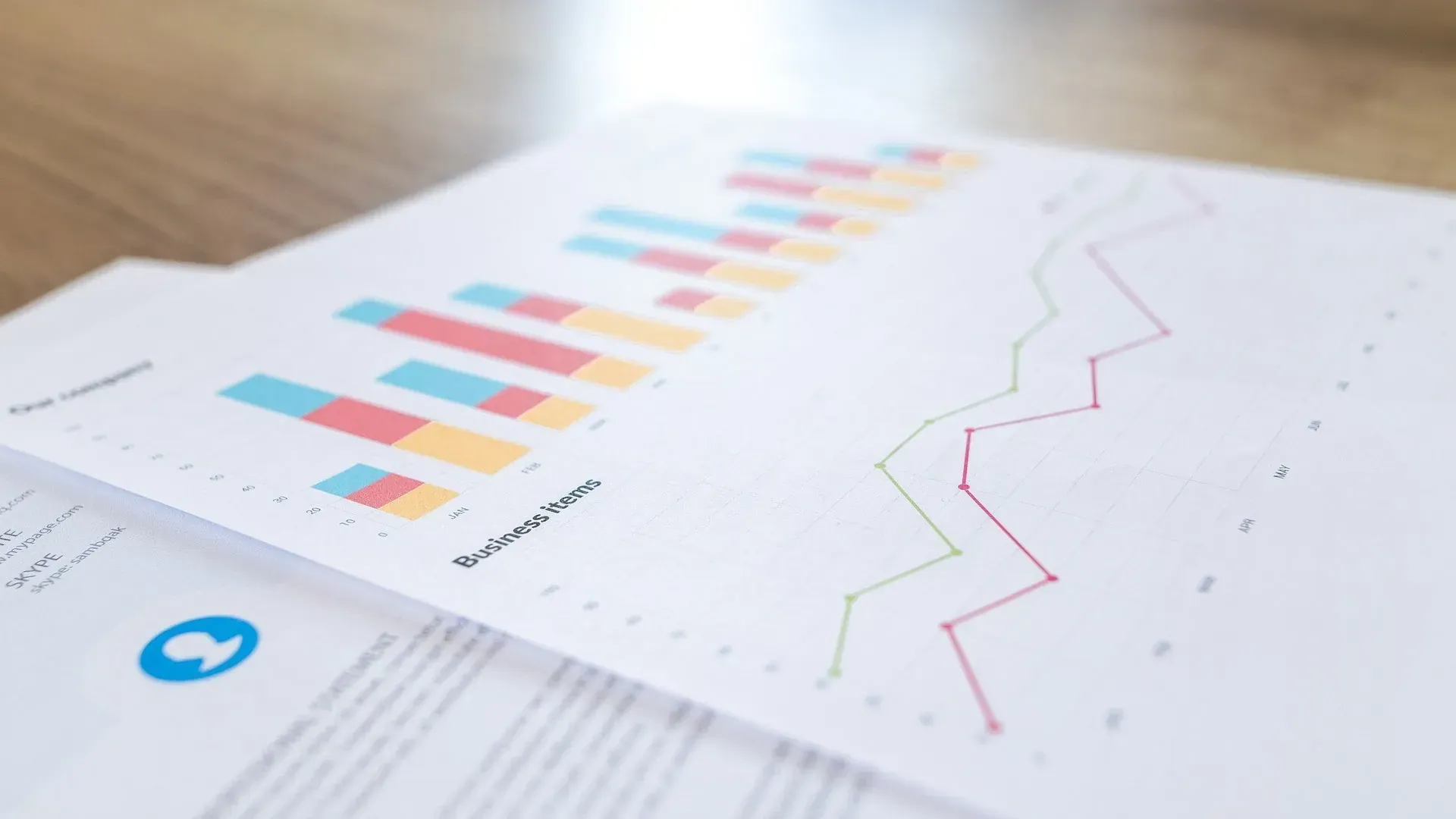What’s New in Tableau? A Look at the Latest Features for Data Professionals (September 2024)
Tableau has long been a leader in the data analytics space, continually evolving to meet the growing demands of users. With its latest updates, Tableau is pushing the boundaries even further, introducing powerful new tools that make data analysis more efficient, insightful, and user-friendly. Here’s a closer look at the newest features and how they can transform your approach to data.
1. AI-Powered Insights with Tableau GPT
One of the most exciting developments in Tableau’s new release is its integration of AI-powered analytics, including natural language processing (NLP) capabilities. With these features, users can instantly uncover patterns and trends from their data without the need for manual deep dives.
How It Helps: By asking questions in natural language, users can receive quick, clear responses based on data, saving time and effort. This makes data-driven decision-making more accessible, even for those without a technical background.
Why It Matters: AI-powered insights eliminate much of the guesswork in data analysis, providing direct answers to complex business questions. This allows organizations to make more informed decisions faster, helping them stay competitive in rapidly changing markets.
2. Interactive Data Storytelling
Data is most impactful when it tells a clear story. Tableau’s enhanced storytelling capabilities make it easier than ever to guide users through insights with real-time, interactive narratives.
What’s Different: Dashboards can now include more dynamic, context-driven explanations that update automatically as the data changes. This feature helps bring the numbers to life, making it easier to communicate the significance of trends and metrics to different stakeholders.
Why It Matters: Clear, interactive storytelling helps ensure that data insights are fully understood, facilitating better collaboration across teams and improving decision-making. By presenting data in a more compelling way, you can engage your audience and drive actionable results.
3. New Visualization Options
Tableau’s latest release expands its already impressive range of visual tools, giving users more flexibility in how they present data. With new chart types and visualization options, it’s easier than ever to turn data into meaningful, actionable insights.
What’s Included: Whether you’re looking to create more complex charts or simply want more customization options, these new tools provide greater creative control. Advanced mapping features, unique visual formats, and customizable animations are just a few examples of what’s now possible.
Why It Matters: The ability to tailor visualizations to specific audiences is key to ensuring that your data resonates. These expanded options make it easier to create visuals that are not only informative but also engaging and memorable.
4. Improved Performance for Large Datasets
As data continues to grow in size and complexity, the ability to process it quickly becomes increasingly important. Tableau’s latest updates include performance enhancements that make working with large datasets smoother and faster.
What’s Improved: Tableau’s backend processing is now more efficient, allowing users to handle larger datasets without delays. Whether you’re working with real-time data or performing complex calculations, these improvements ensure a more seamless experience.
Why It Matters: When working in fast-paced environments, speed is crucial. Tableau’s enhanced performance helps ensure that users can access and analyze data quickly, allowing them to make timely, data-driven decisions without being slowed down by technical limitations.
Final Thoughts
Tableau’s newest features reflect its ongoing commitment to helping users harness the full power of their data. With AI-driven insights, interactive storytelling, expanded visual options, and improved performance, these updates are designed to make data analysis faster, more accessible, and more effective.
Whether you’re new to Tableau or a seasoned pro, these advancements are set to make a big impact on how you work with data. At Arctic Analytx, we’re here to help businesses fully implement these new features, empowering teams to make smarter, faster decisions.
Get in touch with us today to learn more about how we can help you unlock the potential of Tableau for your organization.



